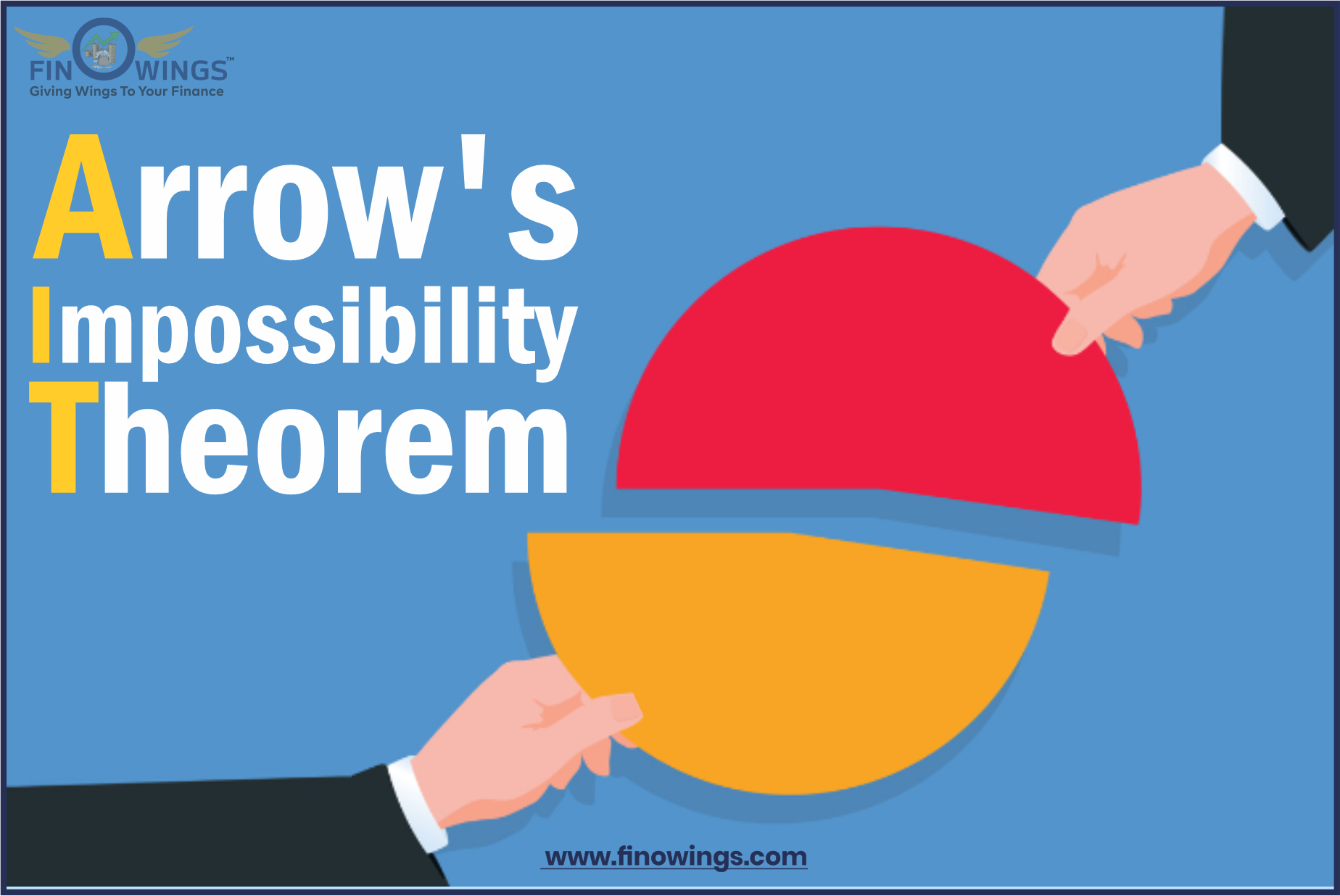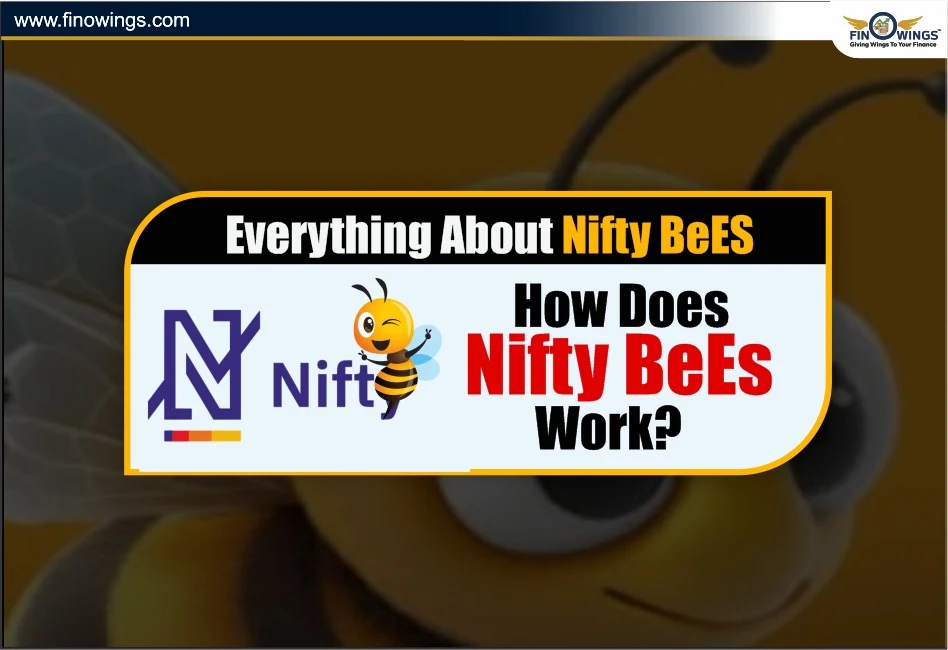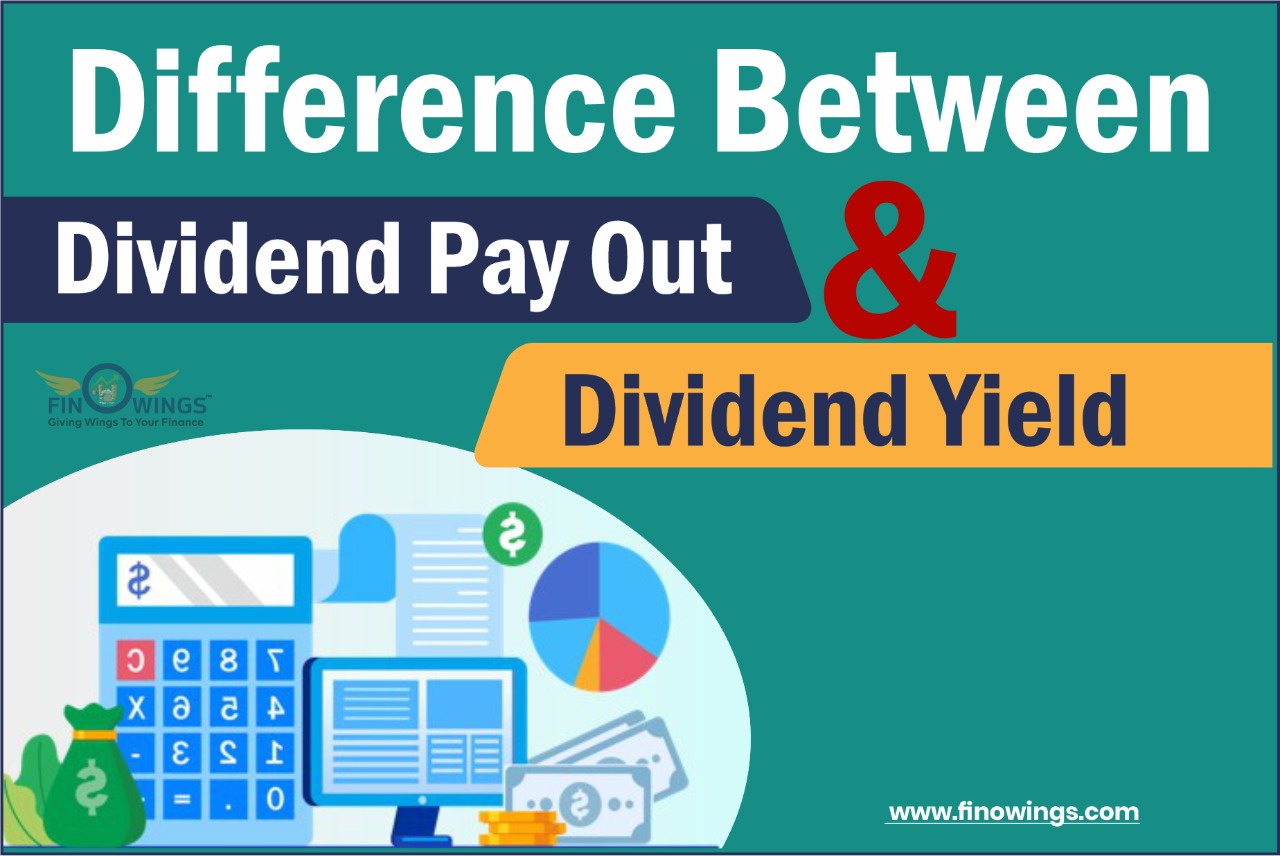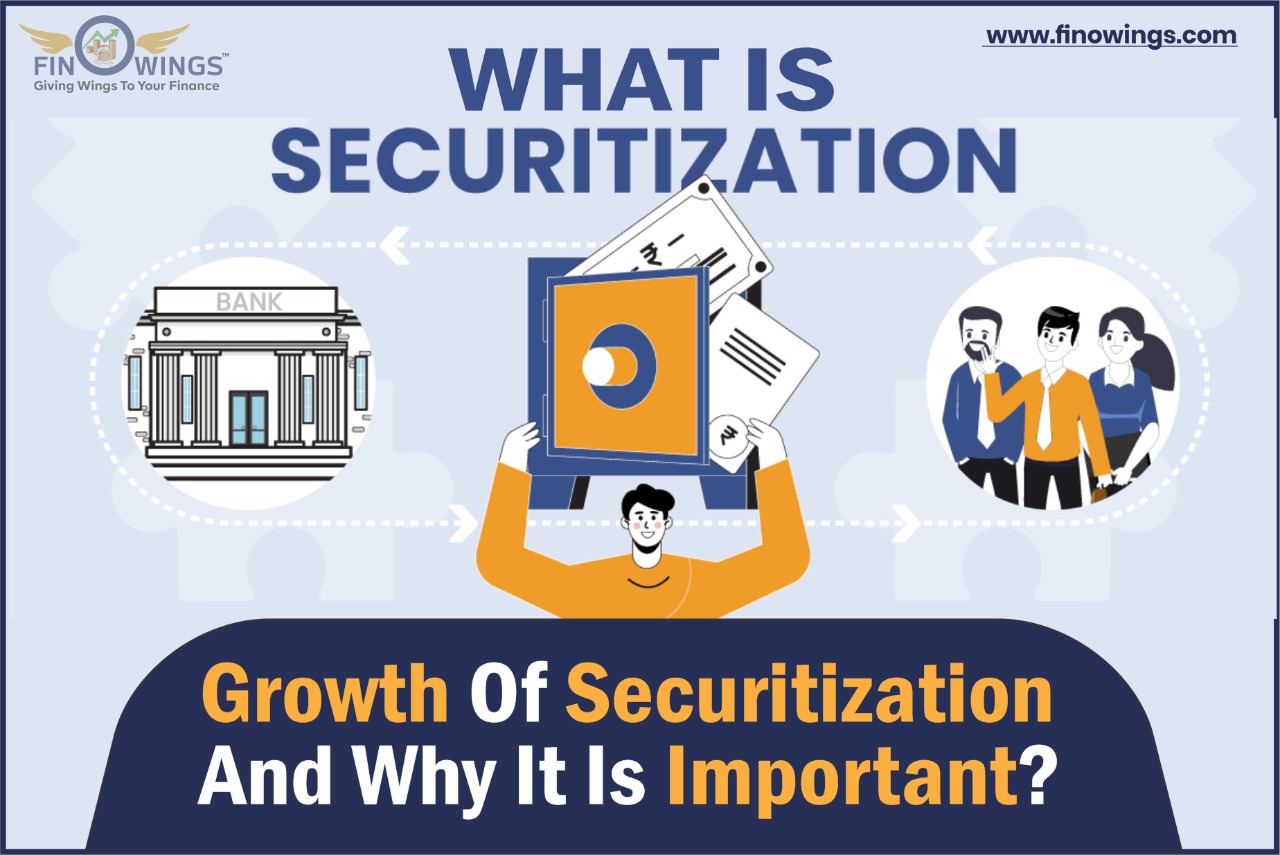Home >> Blog >> Arrow's Impossibility Theorem
Arrow's Impossibility Theorem

Table of Contents
- 1. What is Arrow's Impossibility Theorem?
- 2. Major Points
- 3. Arrow's Impossibility Theorem Explained
- 4. Arrow's Impossibility Five Theorem Criteria
- 5. Arrow's Impossibility Theorem Conditions
- 6. Example Arrow's Impossibility Theorem
- 7. Cardinal Voting vs. Ranked Voting
- 8. "Ways Out" of Arrow's Impossibility Theorem
- Conclusion
1. What is Arrow's Impossibility Theorem?
Arrow's Impossibility Theorem is a crucial mathematical finding in the study of collective decision and welfare economics. An area of economics studies how decisions are made at the collective level. The theory has potentially significant ramifications for democratic procedures, including voting.
According to Arrow's Impossibility Theorem, it is impossible to translate individual choices from a reasonable ranked-voting election system into a clear community-wide ranking of preferences. The General Possibility Theorem, sometimes known as "Arrow's Paradox," is research in social decisions. A Problem in the Theory of Welfare Programs, an essay by economist Kenneth Arrow, demonstrates it is where it gets its name.
2. Major Points
-
According to Arrow's impossibility theorem, the very least probability of creating a voting method is where a person's opinion would reflect society's preference.
-
It emphasizes that it is impossible to define a definite preference order even after adhering to the basic guidelines for honest voting processes.
-
The five requirements—no dictatorship, Pareto efficiency, Independence of irrelevant alternatives, unlimited domain, and social ordering—must be fulfilled for the voting, to be honest, and reasonable.
-
This theorem can also point out the flaws in any voting procedure.
3. Arrow's Impossibility Theorem Explained
According to Arrow's impossibility theorem, any legitimate profile of an individual's decision of arrangements from a particular set of choices receives a social preference of order from the social welfare factor. Consequently, it is difficult to create social welfare that represents the preferences of every person who makes up a society. As a result, it asserts that it is challenging to establish legitimate democratic processes for combining personal preferences into a collective choice to bring about social transformation.
The universal impossibility theorem or Arrow's social selection concept are other names for the impossibility theorem. The theorem bears the name of economist and Nobel laureate Kenneth Arrow. In 1951, he put forth the idea in a paper that later became the book Social Choice and Individual Values. The book demonstrates how voting or elections impact society as a whole.
To reflect the choices of society as a whole, this theorem first establishes a suitable standard for voting procedures. Therefore, the aforementioned circumstances may result in either unreasonable team judgments or, more simply, an undemocratic conclusion. Because of this, it is frequently referred to as the dictator theorem when discussing welfare economics and Arrow's impossibility theorem.
In this theorem, an intelligible arrangement is defined as transitive, whereas an illogical order is defined as intransitive. For instance, if apples are your favourite fruit, oranges and bananas are your least favourite. This order is hence transferable. Therefore, while ordering the three fruits from finest to least preferred, one obtains the following, which is known as an intransitive preference: one favours apples to oranges, oranges to bananas, and bananas to apples.
4. Arrow's Impossibility Five Theorem Criteria
Arrow made an effort to design a voting choice method that would be fair, reliable, and more transitive. To ensure fair voting, Arrow developed five criteria. Here are some of them:
1. Non-dictatorship
2. Independence of irrelevant alternatives
3. Pareto efficiency
4. Unrestricted domain &
5. Social ordering
According to the theorem, it is impossible to establish circular preferences or intransitive voting by ignoring the five conditions below. Even 50% of voters can choose the nation's president. One can use the US presidential elections of 1992, in which Bill Clinton won with just 43% of the public vote, as evidence for the Arrow's Impossibility Theorem. Ross Perot received 19% vote, and George W. Bush received 38%.
5. Arrow's Impossibility Theorem Conditions
As was already established, there are a number of requirements (or criteria) for a somewhat fair voting process. It incorporates social ordering, Pareto efficiency, unrestricted domain, Independence from irrelevant alternatives, and non-dictatorial rule.
5.1 Non-dictatorship
In a non-dictatorial system, one voter cannot reflect the preferences of the entire society. Therefore, the purpose of social welfare must consider numerous voters' preferences.
5.2 Unrestricted Domain
An unrestricted domain necessitates total voter preference counting, resulting in a comprehensive social preference score.
5.3 Independence of Irrelevant Alternatives (IIA)
The Independence of irrelevant alternatives criterion stipulates that the social ranking of a subset must not be affected whenever individuals' rankings of a subset's pointless alternatives shift.
The instance breaks the criteria from the section above. The outcome must stay the same (option X must still be socially valued above choice Z) whenever option Y is eliminated for the IIA requirement to be satisfied.
5.4 Social Ordering
Voters must be able to rank their options in a linked and transitive manner, from good to worst, to satisfy the social ordering criteria.
5.5 Pareto Efficiency
The unanimous choices of people should be honoured for Pareto efficiency. If each voter favours one of the options over another, the order of societal preferences should coincide with that of individual preferences. The outcome shouldn't depend on the profile of preferences.
6. Example Arrow's Impossibility Theorem
One must examine Arrow's Impossibility Theorem example to comprehend the theorem.
Let's say Starbucks sells three different types of coffee: A, B, and C. David, Diana, and Brian are the three chosen to list their preferred orders for the many Starbucks coffee flavours. These folks are required to reveal their decision as well as the rankings of the coffee kinds. They can then rank their selections from best to worst based on personal preference.
After some time, David, Diana, & Brian submit their ranking in the following order:
David – ABC
Diana – BCA
Brian- CAB
The outcome can be explained as follows:
David prefers both B and C over A. Diana prefers C to A and B to C. C is preferred by Brian over A and B over A. This means that 1/3 prefers A>B>C, 1/3 prefers B>C>A, and 1/3 prefers C>A>B.
Otherwise put,
2/3 prefer A over B
2/3 prefer B over C; and
2/3 prefer Cover A
As a result, there is a paradox whereby two-thirds of the majority choose A over B, B over C, and C over A. As a result, when ranking the three options, A, B, and C, in order of preference, one of the requirements of Kenneth Arrow's impossibility thesis is broken.
7. Cardinal Voting vs. Ranked Voting
Only ranked Arrow's impossibility theorem covers voting systems; cardinal voting systems are not covered. Voters rate their selections on an ordinal scale and submit ranked ballots while voting in ranked elections. Voters can independently rate every option while using a cardinal ballot.
In cardinal voting, choices can be given numerical scores. Cardinal voting offers more data than ranked voting, allowing a cardinal-voting system to translate individual preference rankings into a social preference ranking.
8. "Ways Out" of Arrow's Impossibility Theorem
Some unsuccessful attempts have circumvented the impossibility theorem and considered alternatives. These endeavours could be divided into two groups. One of them entails methods that convert each preference profile into a complementary or social preference. The strategies aim to undermine or remove one or more requirements for an impartial electoral process. Pairwise voting, which only allows for two options, is one instance.
Techniques that look into different rules fall under the second category. For example, an electoral method that transmits more data is a cardinal voting system. As a result, the cardinal utility is thought to be a more trustworthy indicator of social welfare.
Conclusion
A social choice dilemma known as Arrow's impossibility theorem highlights the drawbacks of ranked voting systems. It claims that following the necessary rules of fair voting processes will prevent a definite order of preferences from being established. The broad impossibility theorem is another term for Arrow's impossibility theorem, which bears Kenneth J. Arrow's name as an economist.
Author
Frequently Asked Questions
The impossibility of the Arrow Theorem is significant in light of its effects on democratic elections where citizens vote for their preferred government. The theorem asserts that a person's decision cannot be transformed into a just ranked-voting process of elections utilizing a transparent pan-community-based ranking scheme of voting choices.
Arrow established the following set of conditions necessary for fulfilling a social welfare function:
- Weak Pareto: indicates that society adopts the choice that has been decided upon by the entire society
- Binary Independence of Irrelevant Alternatives: A person's preference for a set of options determines society's desire for that set of choices.
Non-dictatorial: Each person's preference is not always followed under a non-dictatorial system.
Since Arrow's impossibility theorem is a social choice theorem, it asserts that a perfect voting process cannot be observed. Additionally, it claims that even if voters use honest voting processes, the outcomes cannot accurately represent their preferences.
The voting paradox states that voting results will typically represent the majority's views as a whole on political grounds. The contrary, meanwhile, is claimed by Arrow's impossibility theorem. It claims that if one practices honest voting, the outcomes typically do not represent voters' preferences.
















